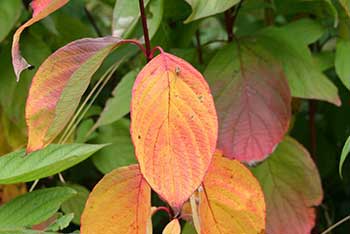Autumn: taking the leaf colour temperature
After a glorious weekend of sunshine, I stepped out into Silk Wood on a dull, overcast afternoon to take the leaf colour temperature.
The relatively calm and mild weather over the last week has meant that the leaves are turning in a steady drift rather than a sudden rush.
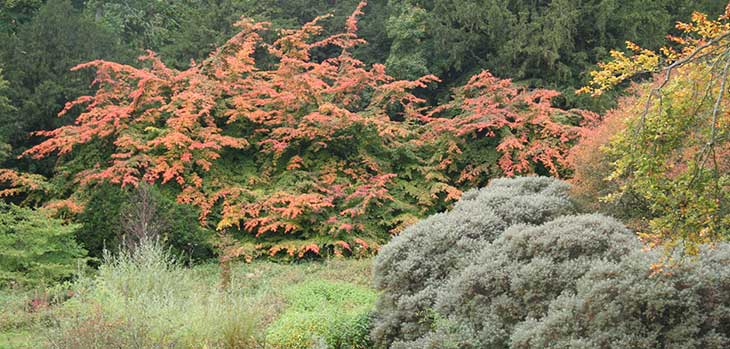
The Persian ironwoods (Parrotia persica) are probably the most prominent species at the moment with the large clump in the valley bottom standing out like a beacon as you walk down the slope towards Waste Gate.
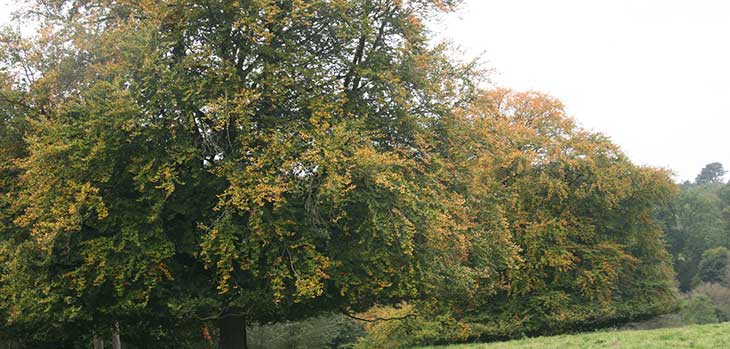
The beeches on the Downs are also developing tawny outlines as their outermost leaves are the first to turn.
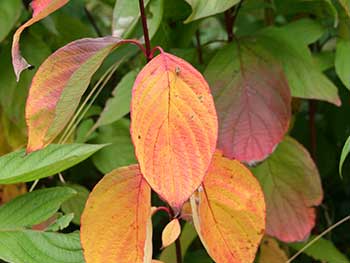
Just inside Waste Gate the clump of red dogwoods (Cornus alba) are just beginning to turn with some stems well ahead of the rest.
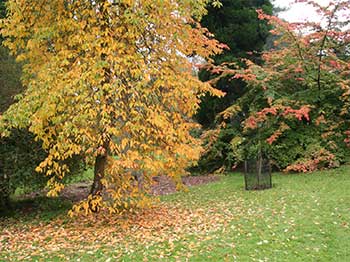
On the opposite side of the path a tupelo (Nyssa sylvatica) has burst into colour with another bright ironwood in the background. I love the colour and shape of these trees though the former tends to be disappointingly shorted-lived.
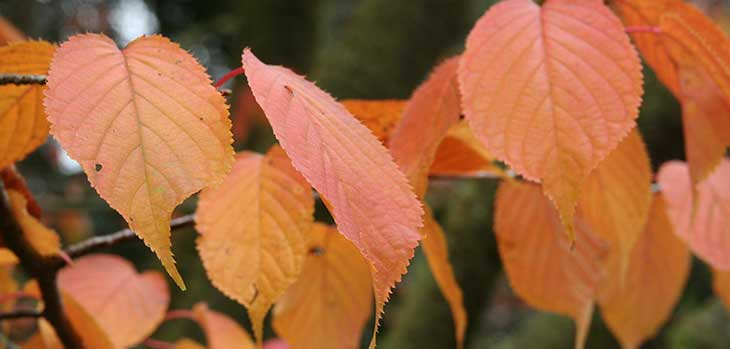
Cherries tend to be under-rated when it comes to awarding the prizes for autumn leaf colour. They also vary greatly from one year to the next and I certainly didn’t expect this damp cool summer to suit them. However, this Sargent cherry (Prunus sargentii) on Waste Bank was certainly confounding my prediction with gorgeous shades of orange and pink, even in the dull light.
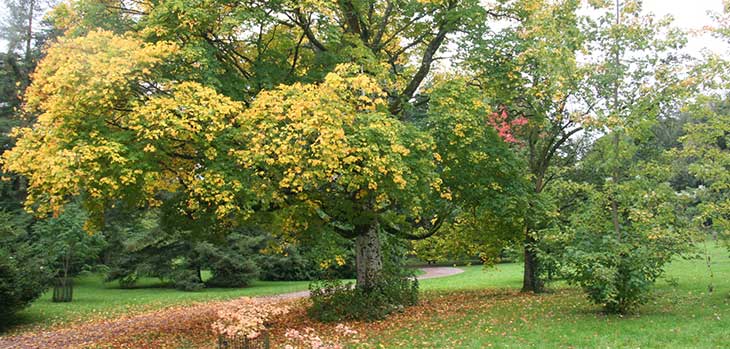
Further down Waste Drive at the junction with Broad Drive stands one of autumn’s most reliable extroverts. This mature Cappadocian maple (Acer cappadocicum) is half butter yellow and half green. The leaves don’t hang around long once they turn and leave a ‘pool’ of yellow around the trunk.
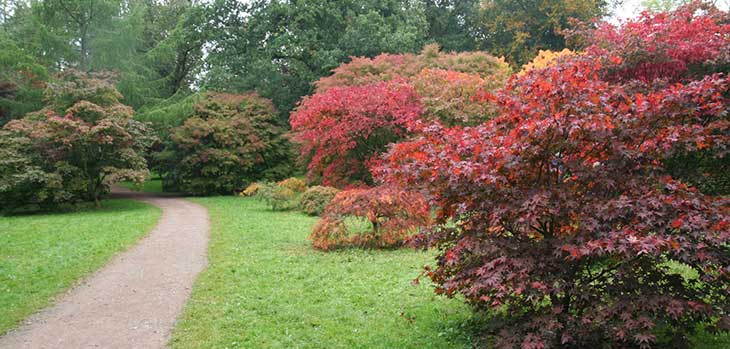
Maple Loop is warming up nicely but most Japanese maples are still green. The picture I took from close to Oak Avenue shows some trees turning but within most of the loop the colour is less advanced.
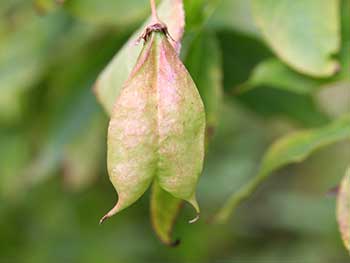
At the junction of Broad Drive and Willesley, I had a close look for the illusive fruits of the bladder nut (Staphylea x coulombieri) that grows there. The strange 3-chambered ‘bladders’ blend in with the leaves and it takes a while to get your eye in.
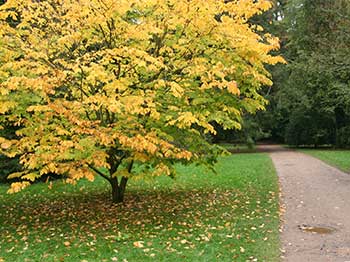
Along the edge of Willesley Drive you can see two yellowwoods (Cladrastis kentukea) from South Eastern USA.
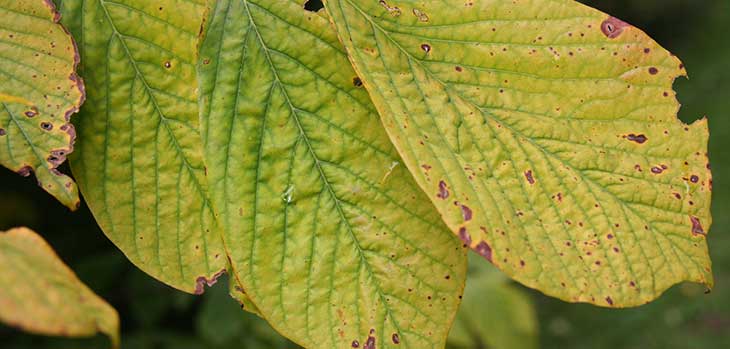
Their name describes the colour of their wood but could equally apply to the leaves. In the early stages of colouring they take on a delicate green-yellow variegation that picks out the structure of the leaf veins.
One tree I had expected to be colouring was swamp cypress (Taxodium distichum). We have a number of these deciduous conifers in the Concord Glade area and all are remaining resolutely green! Perhaps by this time next week they will be on the turn.
Useful links
Keep an eye on autumn colour at Westonbirt on our Facebook page